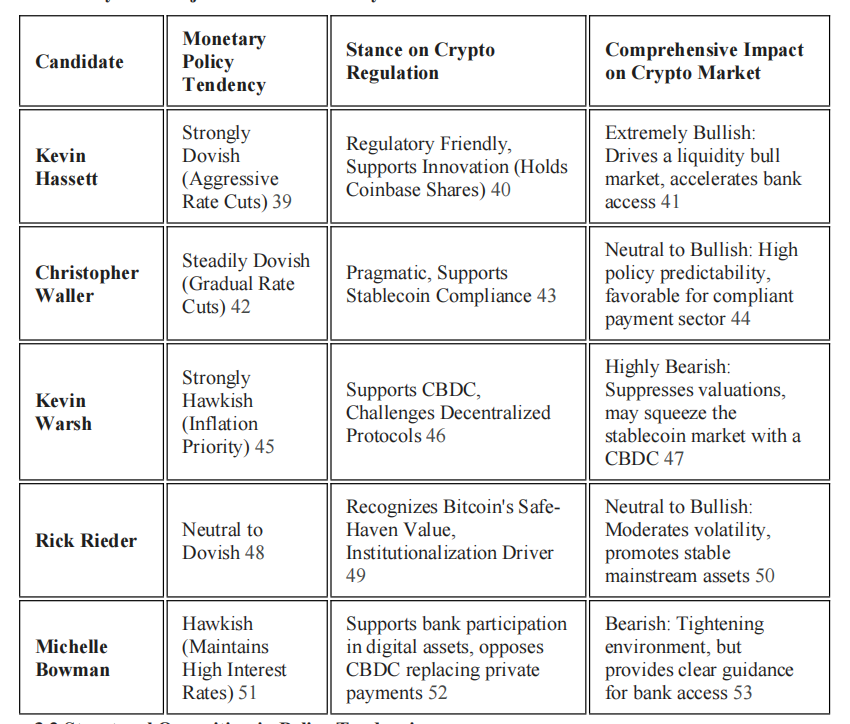MANTRA Bets Big on Buybacks to Fuel RWA Revolution
- MANTRA announced a $25M OM token buyback, part of a $45M strategy to boost token value and investor confidence. - The RWA market hit $26.5B, with Ethereum leading at 51.79% of tokenized assets. - Buybacks aim to counter dilution and align with growing institutional interest in tokenized gold and Treasuries. - Hong Kong's regulatory advancements and platforms like Fopay highlight stablecoin-RWA convergence, strengthening MANTRA's market position.
MANTRA, a digital asset platform, has announced a new $25 million minimum funding commitment for the first of its strategic OM token buybacks, bringing the total commitments to $45 million. The buyback initiative is part of the company's broader strategy to strengthen its tokenomics and value proposition for investors. This move follows recent developments in the stablecoin and tokenized real-world assets (RWA) markets, where tokenization is gaining traction as a transformative force in financial infrastructure. MANTRA’s buyback aligns with broader trends of institutional-grade digital asset solutions gaining momentum in regulated markets, particularly in Asia.
The tokenized real-world assets market has continued to expand, with total onchain RWA value reaching $26.5 billion as of August 27, 2025, representing a 4.13% increase over the previous 30 days. Ethereum remains the dominant blockchain for RWA tokenization, hosting 316 assets with a total value of $7.57 billion and accounting for 51.79% of the market. MANTRA’s OM token buybacks are set against a backdrop of growing interest in tokenized gold and U.S. Treasuries, with Paxos Gold (PAXG) and Tether Gold (XAUT) being among the most actively traded tokens. These trends highlight the increasing adoption of tokenized assets as both speculative and hedging tools in the digital financial landscape.
MANTRA’s buyback initiative is not an isolated event but part of a broader wave of token repurchase strategies by blockchain-native platforms. This strategy is often used to signal confidence in long-term value and to counteract the dilutive effects of new token issuance. The $25 million commitment represents a significant allocation of capital, signaling the company's intent to enhance token utility and scarcity. Such strategies are commonly employed in both traditional and digital markets to manage supply dynamics and investor sentiment. By injecting this level of capital into the buyback process, MANTRA is positioning itself to attract both retail and institutional investors seeking exposure to a robust tokenized financial infrastructure.
MANTRA’s strategic buyback is also reflective of the growing confluence between stablecoins and tokenized assets. The Hong Kong Stablecoin Forum, held at the Conrad Hong Kong, underscored the regulatory and technological advancements that are enabling this convergence. Fopay, a digital payment platform operating under a Hong Kong-listed entity, demonstrated how stablecoin technology can simplify digital payments and bridge the gap between Web3 and traditional financial systems. These innovations are particularly relevant to MANTRA’s strategy, as they highlight the increasing role of digital assets in cross-border transactions and institutional finance. The regulatory clarity emerging in markets like Hong Kong is likely to further accelerate the adoption of tokenized assets and stablecoin-based services.
The financial implications of MANTRA’s buyback strategy are multifaceted. By committing $45 million to OM token repurchases, the company is effectively reallocating capital toward strengthening its token’s value proposition. This approach could lead to increased token demand, potentially driving price appreciation and improving market liquidity. Additionally, by aligning with the broader trends in tokenization and digital finance, MANTRA positions itself as a key player in the evolving financial infrastructure landscape. The success of this strategy will depend on various factors, including the performance of the broader RWA and stablecoin markets, the platform’s ability to execute its vision, and the response from institutional and retail investors alike.
As tokenized assets continue to gain mainstream traction, MANTRA’s strategic buyback represents a forward-looking approach to capital management in the digital asset space. The company’s commitment to OM tokens underscores its confidence in the long-term potential of its platform and the broader market. With growing institutional interest in tokenized gold, U.S. Treasuries, and other real-world assets, the RWA market is set to play a pivotal role in shaping the next phase of financial innovation. MANTRA’s buyback strategy, therefore, is not only a financial maneuver but a strategic step in securing its position in this rapidly evolving landscape.

Disclaimer: The content of this article solely reflects the author's opinion and does not represent the platform in any capacity. This article is not intended to serve as a reference for making investment decisions.
You may also like
Economic Truth: AI Drives Growth Alone, Cryptocurrency Becomes a Political Asset
The article analyzes the current economic situation, pointing out that AI is the main driver of GDP growth, while other sectors such as the labor market and household finances are in decline. Market dynamics have become detached from fundamentals, with AI capital expenditure being key to avoiding a recession. The widening wealth gap and energy supply are becoming bottlenecks for AI development. In the future, AI and cryptocurrencies may become the focus of policy adjustments. Summary generated by Mars AI This summary was generated by the Mars AI model, and its accuracy and completeness are still in the process of iterative improvement.

AI unicorn Anthropic accelerates IPO push, taking on OpenAI head-to-head?
Anthropic is accelerating its expansion into the capital markets, initiating collaboration with top law firms, which is seen as an important signal toward going public. The company's valuation is approaching 300 billions USD, and investors are betting it could go public before OpenAI.
Did top universities also get burned? Harvard invested $500 million heavily in bitcoin right before the major plunge
Harvard University's endowment fund significantly increased its holdings in bitcoin ETFs to nearly 500 million USD in the previous quarter. However, in the current quarter, the price of bitcoin subsequently dropped by more than 20%, exposing the fund to significant timing risk.

The Structural Impact of the Next Federal Reserve Chair on the Cryptocurrency Industry: Policy Shifts and Regulatory Reshaping
The change of the next Federal Reserve Chair is a decisive factor in reshaping the future macro environment of the cryptocurrency industry.
